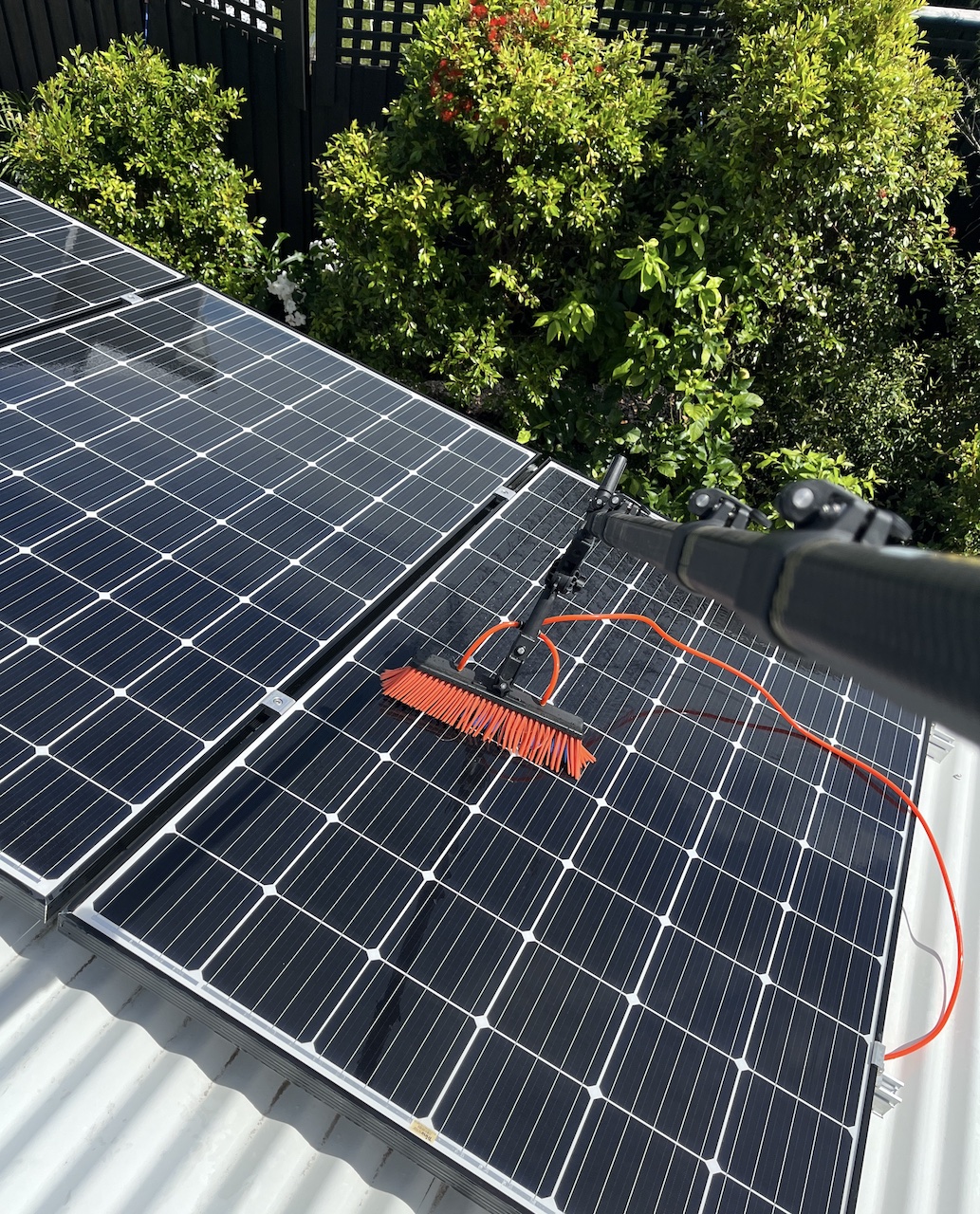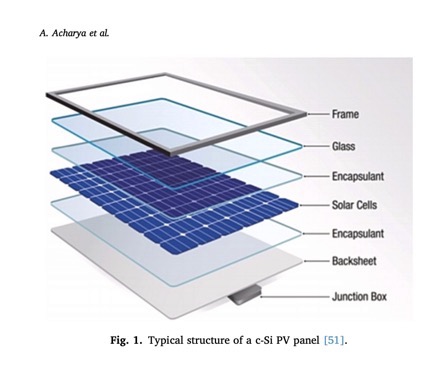The Flip Side of Solar: Turning Waste into Wealth
Australia has embraced solar energy with unmatched enthusiasm, installing nearly 90 million solar panels across rooftops nationwide. But as we race to decarbonise, an inconvenient truth is emerging through solar waste. Every panel has a lifespan, and millions are already approaching their end. What happens next isn't just an environmental challenge, it's an economic opportunity waiting to be mined.
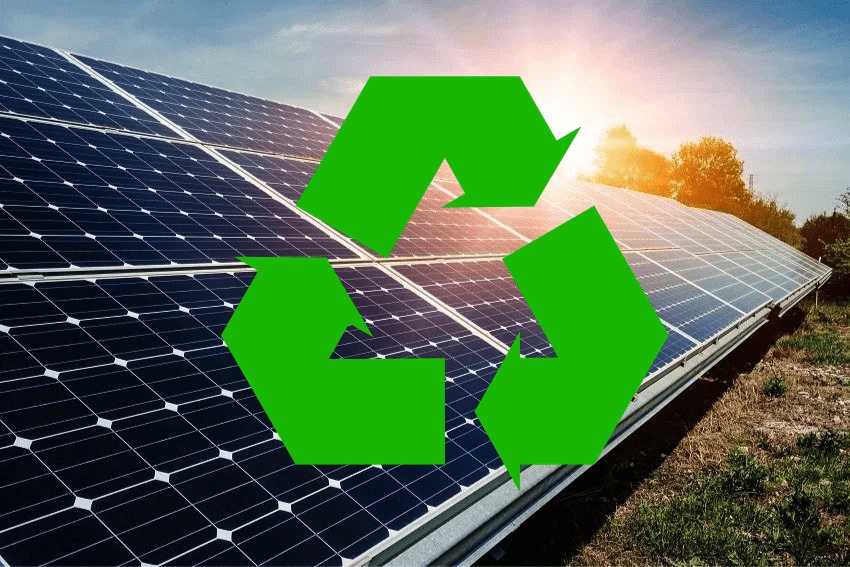
Image Source: Static Electrics
A Mountain of Waste
Despite panels being designed to last 25–30 years, many are being discarded within 10–12 years due to rapid technological improvements, inverter failures, or minor system faults, triggering entire upgrades. As a result, over 1.5 million tonnes of solar waste could flood Australia's waste stream by 2050. Alarmingly, up to half of these panels may still be functional when retired.
With around 5 million modules already decommissioned annually and projections indicating up to 20 million more from programs like the Cheaper Home Battery Scheme—the scale of discarded solar is staggering.
Recycling Hurdles: The Long Road to Reuse
Only 10% of decommissioned panels are currently recycled in Australia. Why so low? The barriers are largely logistical and economic. In many regions, transporting panels thousands of kilometres for recycling is prohibitively expensive. Remote dumping remains an unfortunate reality.
While pioneering companies like Pan Pacific Recycling near Brisbane process up to 30,000 panels per year, this is a drop in the ocean. Costs to recycle a panel range from $10 to $20, says Dr Deng from UNSW, while landfill disposal can be as low as $2. Without regulation or incentive, recycling remains a hard sell.

Source: Patchwork of Regulation.
A Patchwork of Policies
Since 2016, solar waste has been recognised as a priority under the Department of Climate Change, Energy, the Environment and Water Ministerial Priority List for dealing with problematic waste. But Australia still lacks a national stewardship scheme. Instead, a fragmented landscape has emerged. Victoria and South Australia have banned panels from landfill. Queensland has launched a promising pilot program in partnership with the Smart Energy Council, testing solar panel collection and reuse models. Meanwhile, New South Wales has introduced the Product Lifecycle Responsibility Act 2025, enabling future mandatory product stewardship schemes.
Still, as Darren Johannesen from the Smart Energy Council stresses, pilot programs alone won't be enough: "It's why we need action on a national scheme".
The Silver Lining
Ever wondered what's on the "flip-side" of a solar panel? Amid the waste, there's literal treasure. "The silver that's contained inside solar modules equates to, in its totality, Australia's biggest silver mine," Johannesen explains in an interview with Solar Insiders. With each panel containing up to 20 grams of silver, the economic value locked in Australia's rooftop solar is staggering. Copper, too, is in critically short supply globally, with a 30% shortfall projected by 2035. Solar recycling, then, is not just about waste management, it's about strategic resource security.
Johannesen states this is where "urban mining" becomes vital. Instead of digging new holes in the ground, we extract metals from existing products in what Johannesen calls a "massive multi-billion-dollar business opportunity".
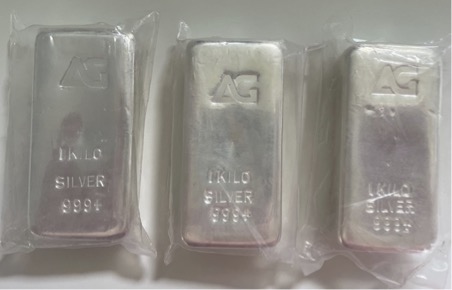
Silver is a high value resource locked up in solar panels.
From Waste to Industry: Building Circular Jobs
Recycling is more than a clean up effort; it can catalyse new industries. High quality recycling plants don't just extract metals; they create jobs. "Suddenly another business is employing a lot of people and providing jobs and growth," Johannesen notes. Glass from recycled panels is already being used in bench tops in Queensland. Silicon and plastic recovery, if scaled properly, could support local manufacturing.
Domestic access to high quality raw materials opens the door to more resilient Australian supply chains. With the proper infrastructure, we can reduce import reliance and support a closed loop solar economy.
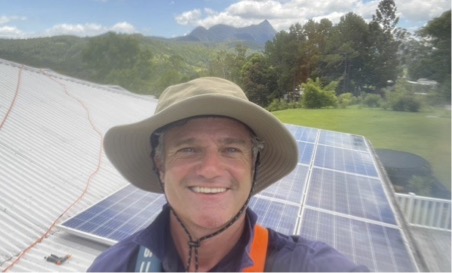
The Author inspecting a solar installation in Northern Rivers NSW.
Circular Thinking for a Brighter Future
A linear approach, make, use and discard, won't work for clean technology. Solar needs to embrace the circular economy: design for longevity, repairability, and reuse from the outset. Rapid testing rigs like those used by Second Life Solar already redeploy viable panels in new projects. Meanwhile, smarter designs could make future panels easier to dismantle and recycle.
But without clear national leadership, this transition will stall. As the Harvard Business Review reminds us, sustainable industries cannot afford to be shortsighted about the waste they create.
Australia's solar story doesn't have to end in landfills. With coordinated action, policy reform, and investment in circular infrastructure, we can turn today's solar waste into tomorrow's economic engine.
Acknowledgments:
Thank you to Darren Johannesen from Smart Energy Council for permission to cite his interview with Solar Insiders 21st May 2025



